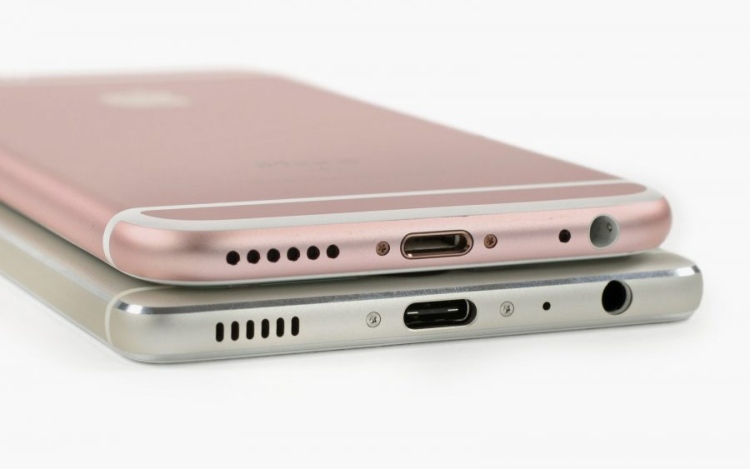Most people, even exceeding the massive herd of Apple fans, would agree that the Cupertino Giant makes the best quality hardware. Their quality standards are not just limited to the feature products, but the accessories as well. The chargers, connectors, cables, and headphones, all offer best in class functionality, that add up to the overall experience.
The experience you have with your iPhone or iPad is so heavily dependent on the accompanying accessories that it becomes crucial that the money you invest on the them doesn’t give a return in non-genuine accessories. So, in this article we discuss how to make sure that you get only the original.
Apple Cables clearly mention that they are designed in California, and assembled either in China, Vietnam, or Brasil (mentioned as Brasileira).
The lightning contact points on genuine apple USB to lightning cables, and those of certified Apple partners, are laser etched, therefore have a smooth finish, and are flush with the connector surface. While cheap copies have contacts that are raised above the connector surface and have rough, unfinished edges.
On the other end, that is, the USB connector, cheaper imitations tend to lack the gold-plating on the connections. The interlocks on the plug cover on genuine apple cables have trapezoidal interlocks.
On Apple cables connectors from other manufacturers, look for the MFi (or “made for iPhone/iPad/iPod”) logo. Although, it’s just a logo (meaning that any counterfeit manufacturer could print it against the law), it does provide an initial layer of screening if you’re going for Apple certified products.
In October of 2016, Apple filed a compensatory lawsuit, seeking damages against a seller on Amazon. The seller was distributing counterfeit 5W and 10W Apple chargers, cables, and other accessories which, upon investigation, Apple found to be an imitation with poor quality components, which could damage the devices and cause bodily harm. The seller was subsequently banned from Amazon.
A number of reviews for the product(s) posted by previous Amazon buyers were negative, and clearly and loudly called out the counterfeit products. This tells us an important, and often ignored because it’s too common, indicator of a counterfeit products.
There is lesson in safety to be learned from this episode. Non-genuine accessories contain low quality components that haven’t been tested to comply with safety standards. These components make the products incompetent for functionality, and hazardous for personal safety.
In the end, it’s important to understand that some counterfeit accessories are so good that they may fool even the most professional eye, and certainly make for worthy candidates for “Con of the Century”. So, in case you somehow you do end up with a counterfeit, avoid using the product, and go through the buying platform’s redressal procedures like returns and exchanges.




